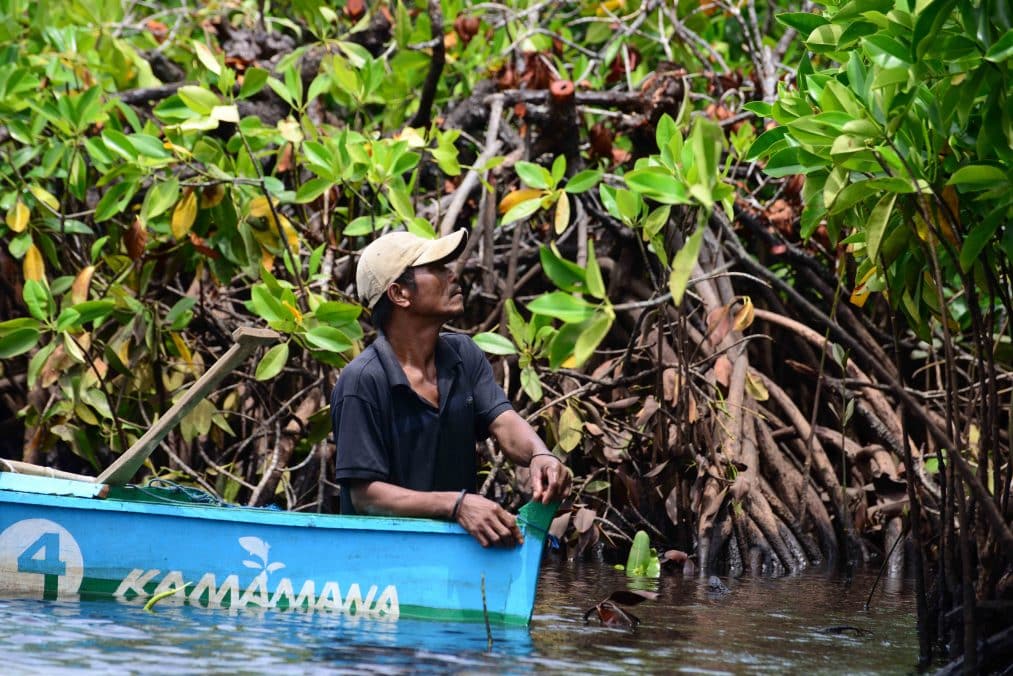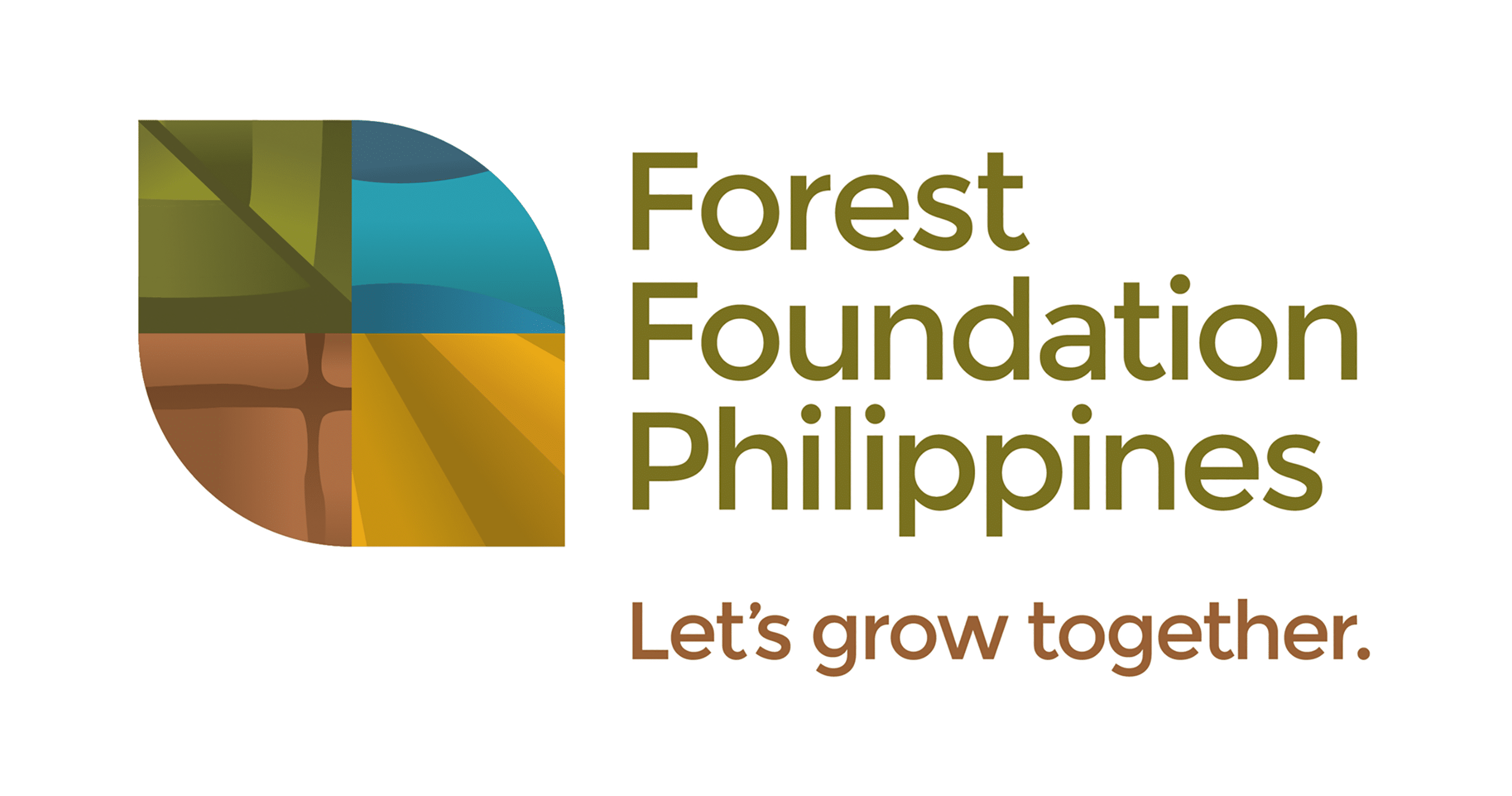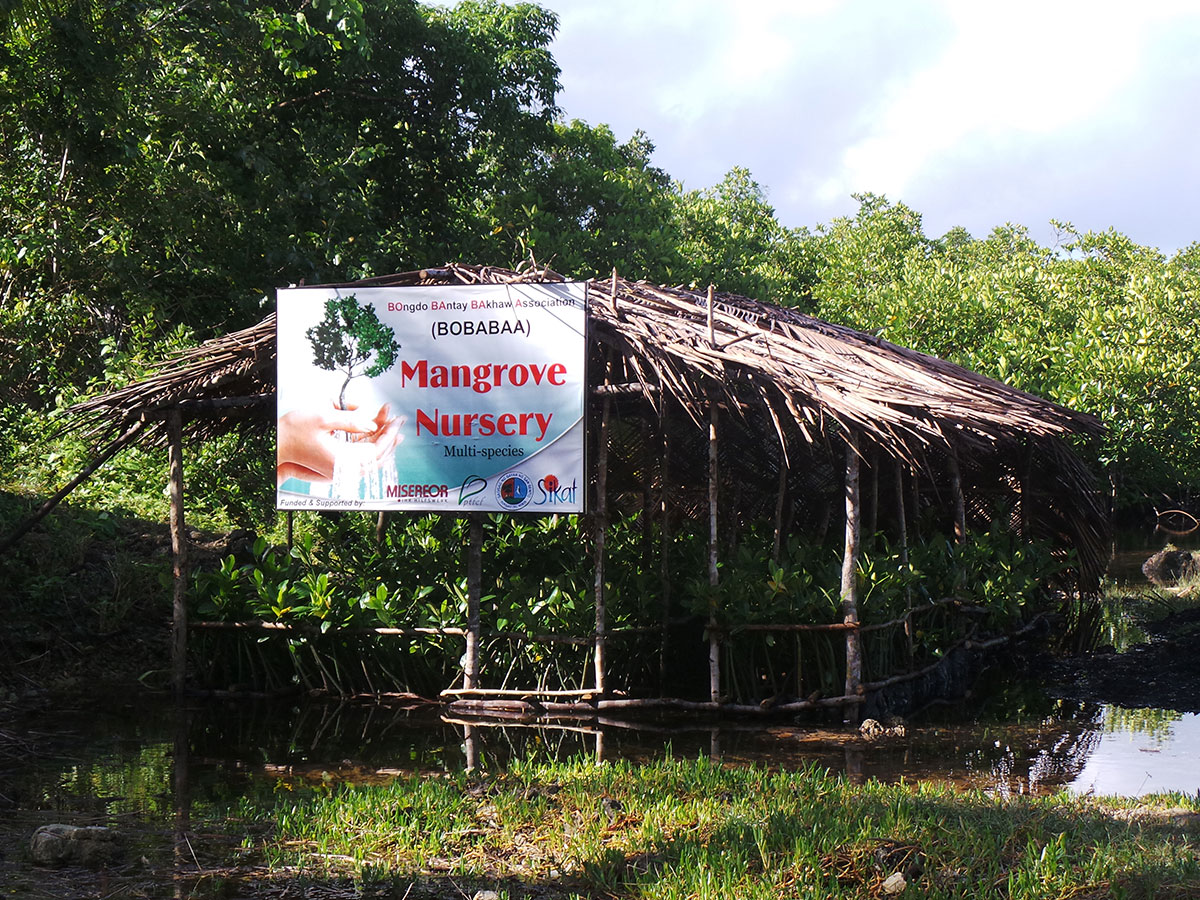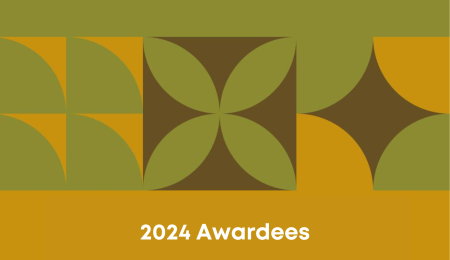
Mang Eduardo Longos inspecting one of the hotspot areas for mangrove cutting. Mang Eduardo is one of the mangrove cutters who have become fish wardens following the implementation of PTFCF-supported mangrove protection and management project in Del Carmen, Siargao Island.
Del Carmen, Siargao Island – Local government officials observed that illegal mangrove cutting, a perennial threat to the rich mangrove resources of Siargao Island, has been tremendously reduced by 90%, thanks in part to the mangrove cutters-turned-fish wardens who now enforce coastal and fisheries laws in the area.
The mangroves of Siargao Island comprise the country’s largest contiguous mangrove stand. The Municipality of Del Carmen alone has mangrove forests that stretch over 4,295 hectares, and host 27 out of the 70 mangrove species in the world. Extreme poverty and limited economic opportunities however, compelled thousands of families to cut mangroves for livelihood, primarily sold as firewood. Left unchecked, the depleting mangrove resources could have devastating effects not only to the range of marine and terrestrial lives that take refuge in the mangroves, but also to the communities that depend on them for their lives and livelihood.
It is for these reasons that the Philippine Tropical Forest Conservation Foundation, Inc. (PTFCF) supported the initiatives of SIKAT (Sentro para sa Ikauunlad ng Katutubong Agham at Teknolohiya) and its partners in protecting and managing the mangrove forests in the Municipalities of Del Carmen and San Benito. The project areas are part of Siargao Island Protected Landscape and Seascape (SIPLAS), home of the endangered tarsiers (Tarsius syrichta), and the largest of all living saltwater crocodiles (Crocodylus porosus).
Through the project, mangrove protection tremendously improved. In fact, massive enforcement activities were conducted by government agents; as well as People’s Organization (PO) members, including some 59 mangrove cutters-turned-fish wardens. In effect, a total of 83 illegal fishers, mangrove cutters and traders of mangrove products were apprehended from January to December 2015.
The successful enforcement was a product of a series of activities implemented by SIKAT and partners, which included capacity building for mangrove resource management by 14 POs, whose some of the members also used to be mangrove cutters. The project has also strengthened law enforcement in the area and carried out massive information, education and communication (IEC) activities.
Such joint efforts were further boosted by the enabling mechanisms provided by their local government counterparts. Specific support to the enforcement team included, among others: provision of paralegal training, donation of patrol boats, support in the development and implementation of three-year enforcement plan in Del Carmen and San Benito; and assistance of BFAR’s Quick Response Team, and assignment of PNP personnel in areas where illegal fishers were conspicuously identified. A sharing scheme was also devised as a form of incentive for participating in enforcement activities in Del Carmen, wherein the enforcement team is entitled to 40% of the penalty paid for by the violator.
All these seemed powerful enough to encourage mangrove cutters to change their ways. However, what also prompted their ‘change of heart’ was the support for an alternative livelihood and better source of income that the project opened up for them. In fact, with their deputation as fish wardens, they became beneficiaries of paddleboats (made from recycled drums) and crab traps that they now use for fishing and crab harvesting. Other alternative livelihood opportunities introduced by the SIKAT Project were the development of mudcrab fattening and seaweed farming projects. All these hoped to lessen their dependence on mangrove resources.
As part of their commitment not to revert back to cutting mangroves, the fish wardens were also required to join in mangrove rehabilitation. To date, through the collective efforts of SIKAT, local stakeholders and community members, a total of 15.76 hectares have been planted with 125,000 seedlings of appropriate mangrove species. One notable innovation they pursued was the use of coconut husks as biodegradable potting media.
The successful engagement of mangrove cutters in forest protection speaks volumes of what has already been accomplished for the mangroves of Siargao Island. These conservation efforts, however, must be strengthened and sustained for over a long period of time. For one, a multitude of steps is necessary to create a more systematic and effective environmental governance. Secondly, it takes time for people to see the ecological and economic values of protecting their mangroves and therefore, continuous value formation is equally important. Only through these will lasting positive change be felt.
References:
Misereor (2016). Bakhaw: Mangroves of Del Carmen. An Audio-visual Presentation.
SIKAT (2016). 4th Quarter Report on the Protection and Management of Mangrove Forests in the Northwest Section of Siargao Island. Submitted to the Philippine Tropical Forest Conservation Foundation, Inc.
Visit our Gallery for more photos.




